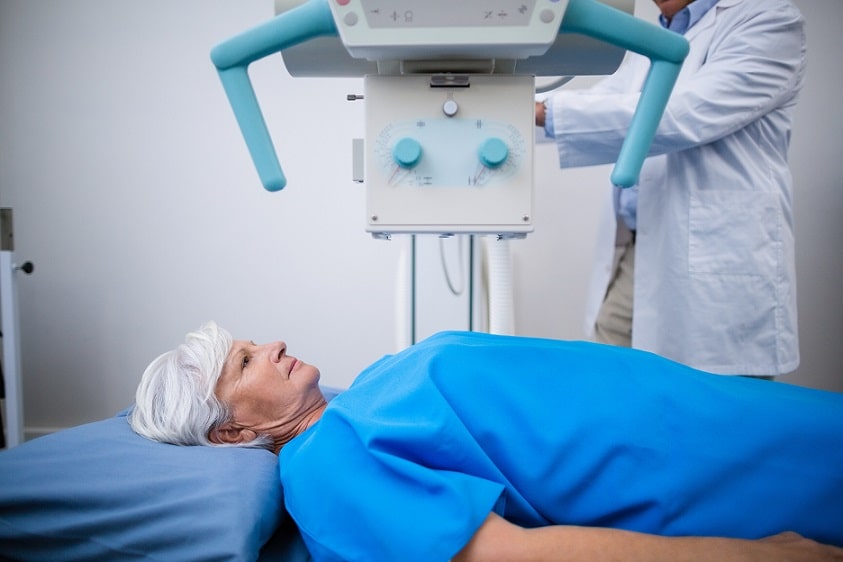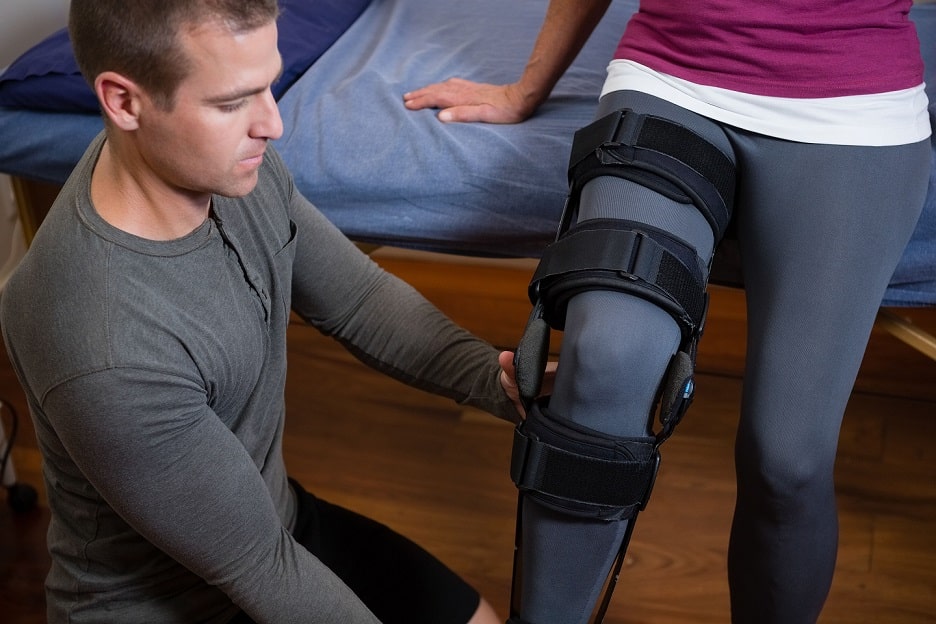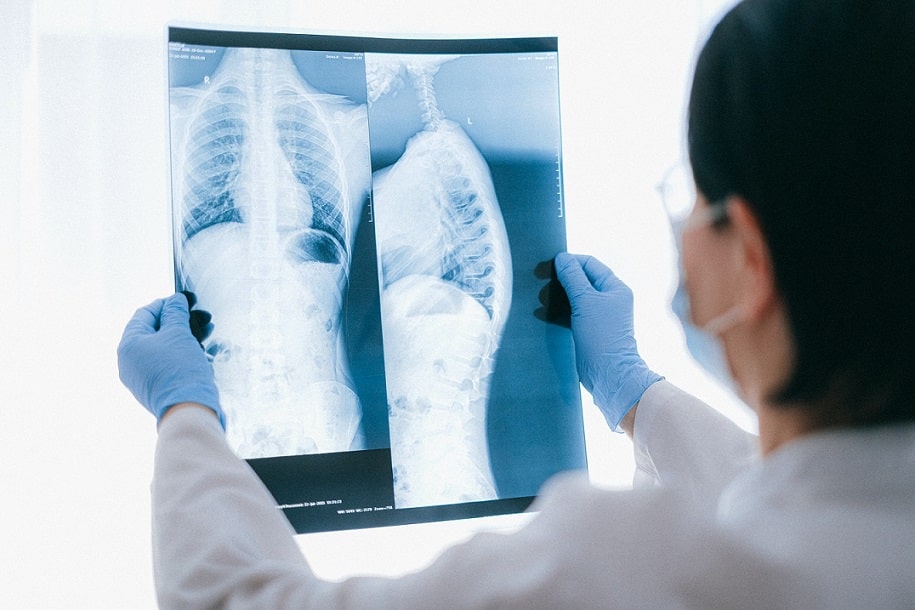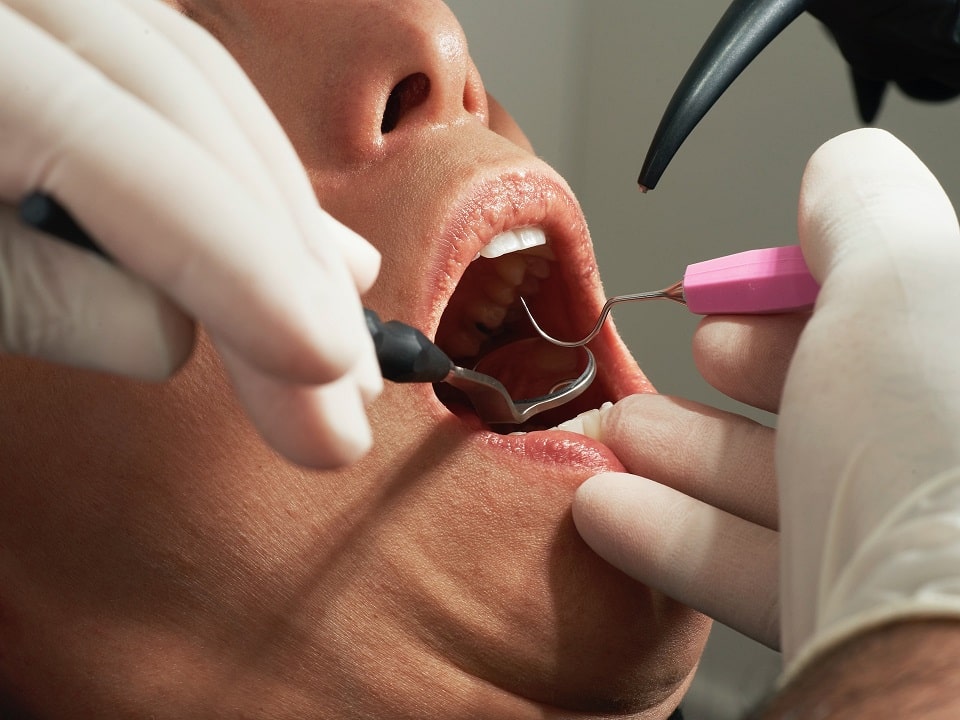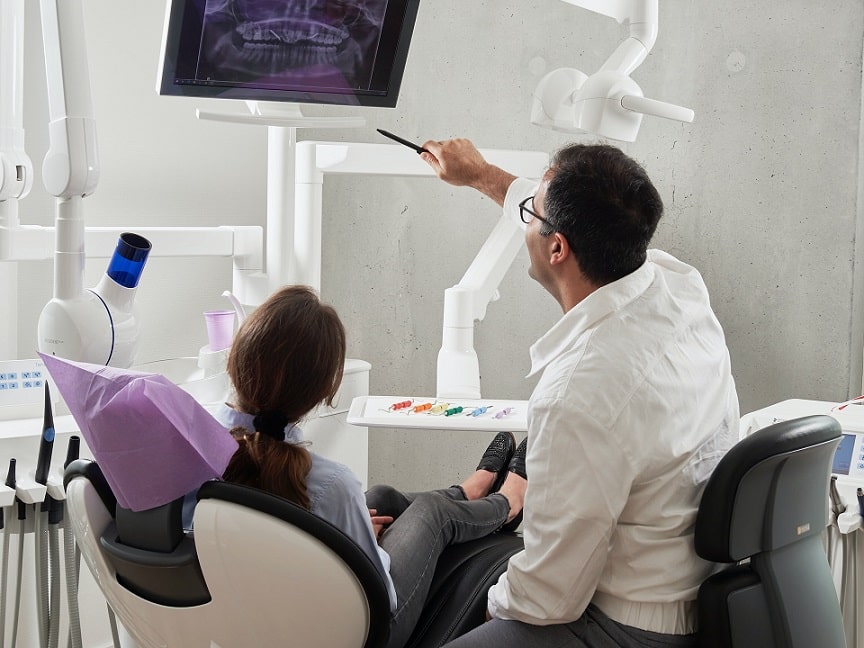 When the government introduces regulations they can appear to be excessive in scope or “over the top“. However, they provide a minimum standard of health and safety which both you and your employer should follow.
When the government introduces regulations they can appear to be excessive in scope or “over the top“. However, they provide a minimum standard of health and safety which both you and your employer should follow.
What should your employer do?
Every employer should ensure that working at height is:
- Properly planned (including for emergencies and rescue)
- Appropriately supervised
- Carried out safely where reasonably practicable
When working at height your employer needs to make sure that the weather is suitable for you. Unless you work for the police, fire, ambulance or another emergency service.
Your employer should know that you are competent to work at heights or if you are being trained then you should be supervised.
Avoiding risks
Employers should carry out risk assessments. They should try to get their employees to work at low heights. If that is not possible, employers should take measures to prevent employees from falling from a distance causing injury.
When and what equipment should you be using?
If an employer thinks you need to work at height to work, safety equipment should be provided to prevent a fall from happening. If there is a risk that an injury could still occur, the equipment should keep the distance and consequences of a fall to a minimum.
When selecting work equipment the employer must choose the collective safety of employees over the personal protection of an employee. When choosing the equipment employers should take into account where the equipment is being used, the working conditions where it is being used, how much it is used and how long for, the distance and consequences of a fall, the need for evacuation in an emergency, and the risks when the equipment is put up and taken down.
Equipment needs to be inspected by employers. Where equipment could deteriorate due to the conditions it should be inspected at regular intervals and after each exceptional circumstance such as strong winds or heavy rains. Inspection results needs to be noted for future.
Other risks:
- Fragile surfaces need to be considered so that no work passes near or working on a surface which is unsafe. If a fragile surface is unavoidable, guard rails, covering and platforms should be in place as well as warning notices.
- If falling objects are a risk employers should make sure that no materials are dropped when someone works below and ensure that they stored in a way so that they do not collapse, overturn, fall or have any unintended movement occurs.
- Danger areas where there is a risk of falling or being struck by an object should be indicated and devices fitted so no-one can enter.
What do I need to do?
Anything dangerous which may harm another person needs to be reported to your supervisor or manager. The equipment provided should be used in the way which was taught in training and the instructions which have been given.

 When the government introduces regulations they can appear to be excessive in scope or “over the top“. However, they provide a minimum standard of health and safety which both you and your employer should follow.
When the government introduces regulations they can appear to be excessive in scope or “over the top“. However, they provide a minimum standard of health and safety which both you and your employer should follow.

